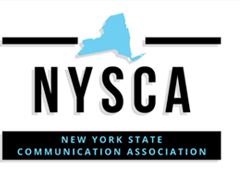Abstract
Exclusive breastfeeding and breastfeeding durations in the United States are shorter than recommended. No U.S. media content analyses assess exclusive breastfeeding. No studies assess exclusive breastfeeding or breastfeeding portrayals in U.S. newspapers. We fill these gaps. Framing theory suggests media present breastfeeding in particular ways and that such presentations impact breastfeeding. We contribute a systematic theoretical approach to the study of exclusive breastfeeding and breastfeeding representations in 819 newspaper articles published across five U.S. regions. This study is limited by its focus on newspapers. However, since exclusive breastfeeding information is identified using a systematic theoretical approach this study contributes new knowledge on the understudied topic of exclusive breastfeeding. Results indicate exclusive breastfeeding is rarely mentioned. Within articles that mention exclusive breastfeeding, articles published in the West had a wider variety of breastfeeding content. The majority of articles were positively valenced. Frequent breastfeeding frames in each region included breastfeeding support, breastfeeding benefits, and breastfeeding problems and/or solutions. In the South, reasons not to breastfeed was also a frequent frame. In the West, the frames reasons not to breastfeed and the normalization of breastfeeding were also common and relatively equally frequent. Findings suggest journalists should include more articles about exclusive breastfeeding and fewer articles mentioning reasons not to breastfeed, particularly in the Southern regions where the reasons not to breastfeed frame was not accompanied by relatively equally frequent frames such as the normalization of breastfeeding as it was in the West.
Keywords: exclusive breastfeeding, breastfeeding, framing, newspapers, United States
Recommended Citation
Hamilton, Amanda E. and Lewis, Moira
(2014)
"Exclusive Breastfeeding and Breastfeeding in Newspapers: Analysis of Frames, Content, and Valence,"
Proceedings of the New York State Communication Association: Vol. 2013, Article 5.
Available at:
https://docs.rwu.edu/nyscaproceedings/vol2013/iss2013/5

